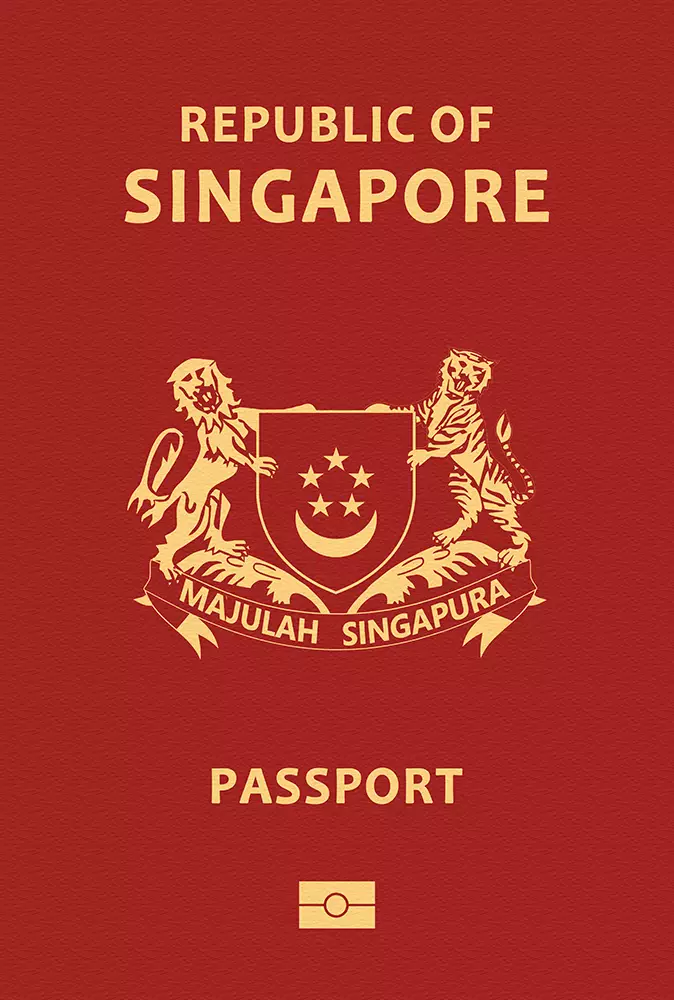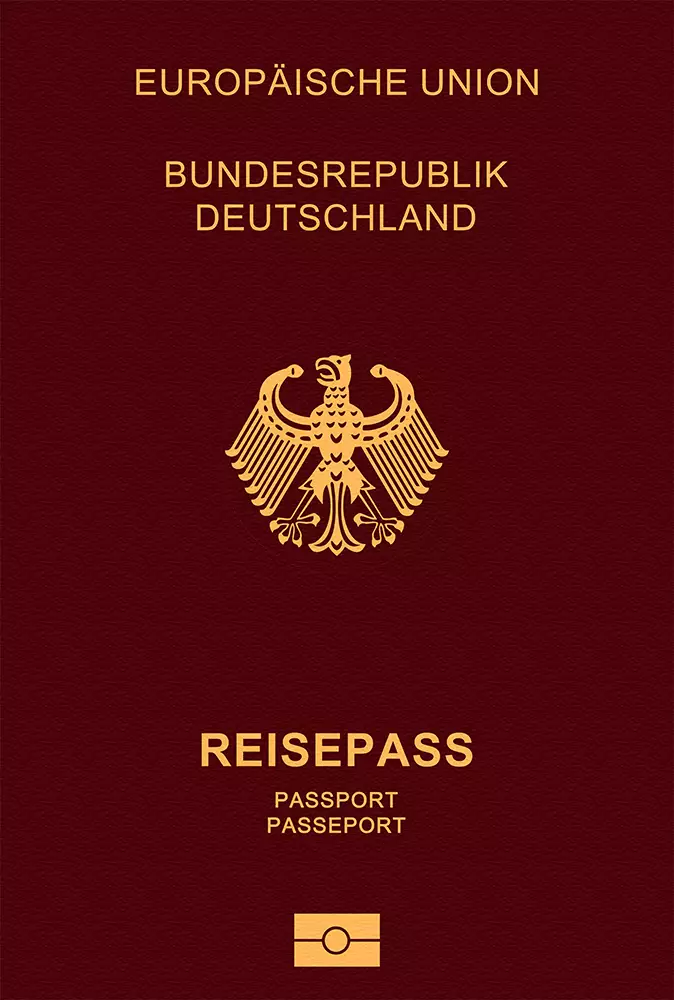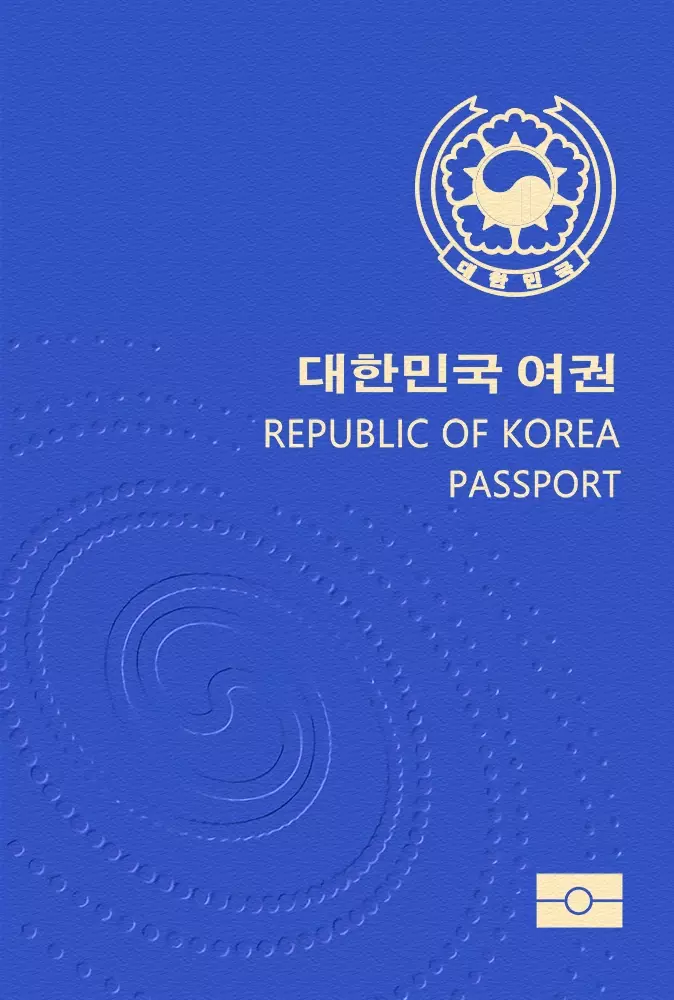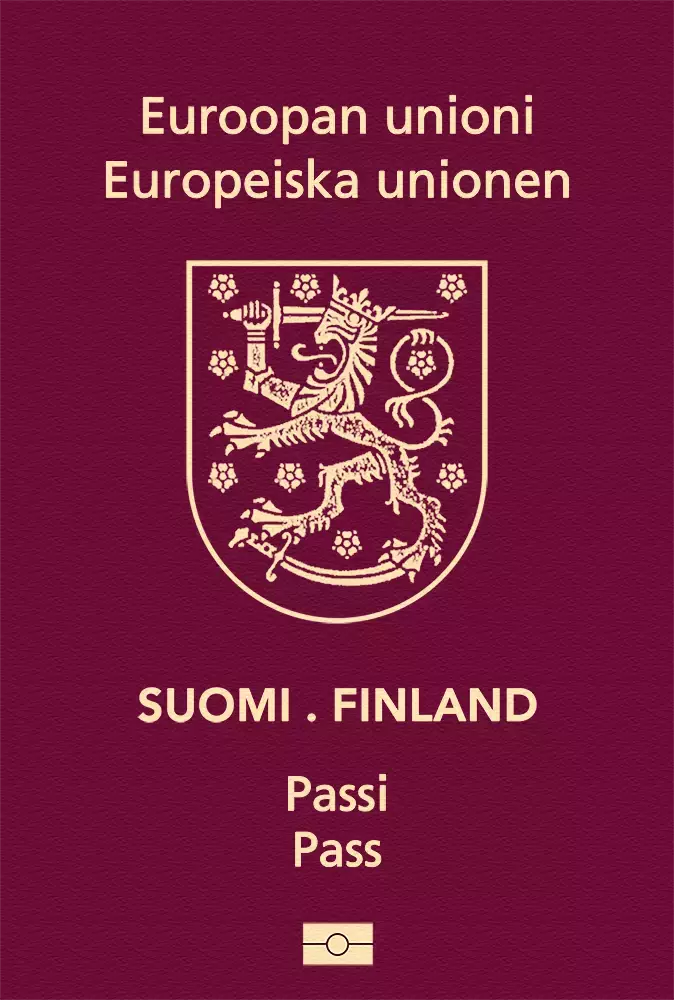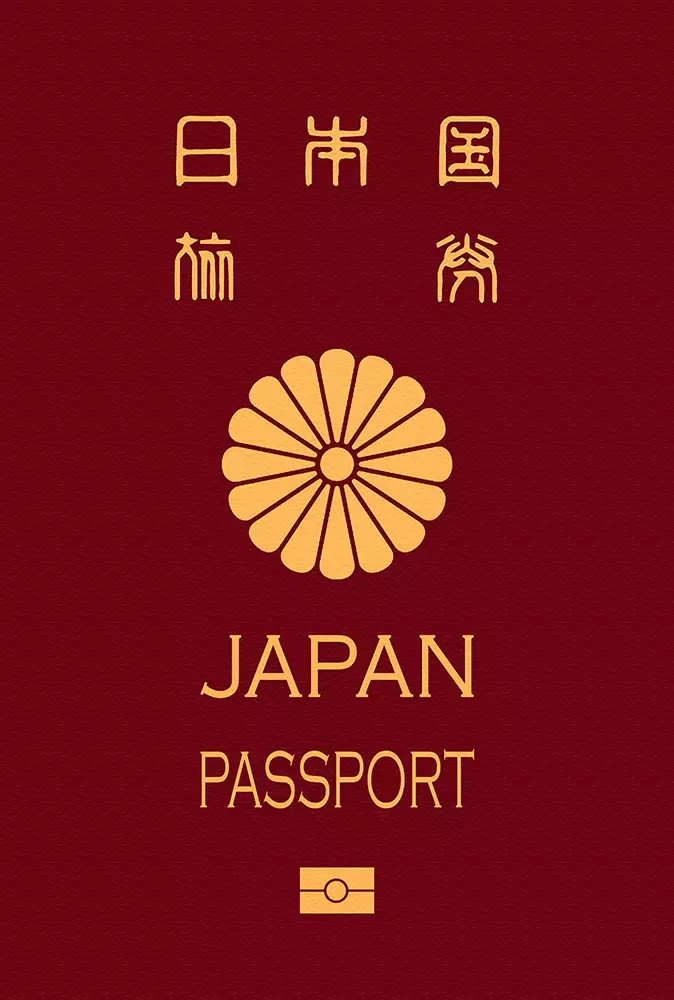Nicaragua is divided into fifteen departments. It's situated in the Americas. Honduras and Costa Rica are the countries that border the country. The three most significant departments are León, Matagalpa, and Managua. The country is 130,375 square kilometers in size. As a result, it is the biggest nation in Central America. Wide coastal plains and central interior mountains can be found in Nicaragua. Its climate fluctuates between a tropical and a mountainous, chilly highland environment. There are more than 6.3 million people living there. Managua serves as the nation's capital. It is also the most populated city, home to almost a million people. The cities of Montagalpa, Massaya, and Leon are also significant. With 1.6 million passengers annually, Augusto C. Sandino International Airport (MGA) is the biggest airport. The airport bears Augusto C. Sandino's name, a revolutionary from Nicaragua. It offers access to the majority of Latin American locations as well as a few flights to North America. Native American customs coexisting with European influence dominate Nicaraguan culture. The predominant religion is Roman Catholicism. Spanish is the official language of the nation. The Supreme Court reviews administrative actions and the legal system is founded on civil law. There is a presidential republican form of governance.Jose Daniel Ortega is the president of the country and the head of state. Every five years, there are elections. The Nicaraguan Cordoba (NIO) is the nation's national currency. The NIO 36.40 to USD conversion rate is in effect right now. With an open economy, the country's GDP is roughly $35.7 billion. It now ranks as Latin America's 19th largest economy. The per capita income of its people is $5,683. The three main sectors that comprise the majority of the GDP are agriculture, industry, and services. Coffee, bananas, sugarcane, rice, corn, tobacco, textiles, and footwear are among its principal export commodities. Together, agriculture and textiles account for 50% of the GDP.There are many different urban and outdoor tourism spots in Nicaragua. The nation is well-known for its numerous old colonial structures and its two UNESCO World Heritage Sites. The Islets of Granada, the Corn Islands, Cerro Negro, the Masaya Volcano, the Mombacho Volcano National Park, and Lake Nicaragua are among the well-liked travel attractions. Fishing, diving, climbing, trekking, and wildlife viewing are the primary tourism activities. Every year, more than 1.2 million tourists travel to Nicaragua. Most of them are from the United States and the surrounding nations.







































































































































































































































